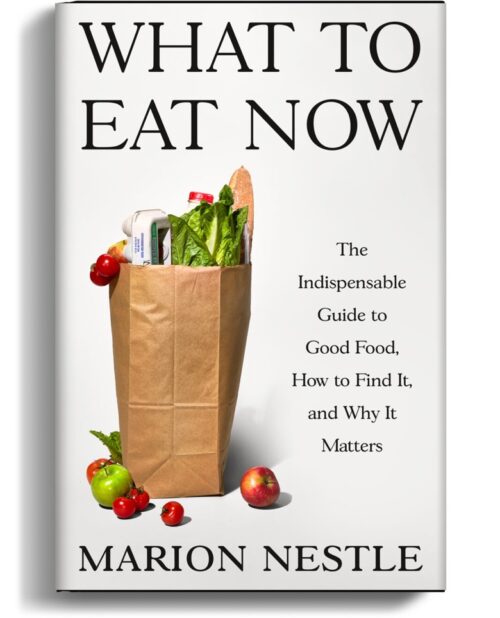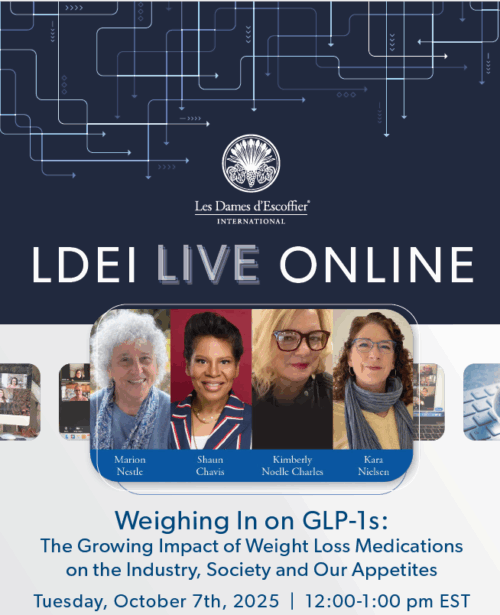I am back from India and still trying to make sense of the experience. India, of course, is a mass of contradictions, one of which is its state of technological development. My hotel room, for example, had an excellent Wi-Fi signal but it was not possible to access it. It was secured and had to be paid for but the hotel had not figured out how to collect the money. Result: no Internet access (they said they were working on it).
Here are just a few snapshots of what I saw of the food-and-health scene in India:
- From the International Herald Tribune, September 27: “Food is going to be like oil, a product that gets more expensive as China and India get richer…There is a growing population that is improving its standard of living and wants to eat more.”
- From the New Delhi Express, September 30: the percentage of extremely poor people in India (those earning up to 7 rupees—17 cents!–per day) fell from 26.1% in 2000 to 21.8% in 2005, but the proportion of the population that earns less than $2 per day rose to 77%–meaning 836 million people. This means that India’s new prosperity is doing some good for the rest of the population, which means 350 million people.
- If you want food in small villages on the road from Delhi to Jaipur, or anywhere else in rural areas around Delhi, the easiest option is to buy it at small stands, of which there are many, everywhere. All of them sell 3-ounce bags of Frito-Lay chips for 20 rupees (50 cents). Frito-Lay is owned by PepsiCo; its ability to distribute products to the remotest areas is truly astounding. Pringles are also ubiquitous in this part of India, but they are very expensive–65 or 70 rupees a tube, an amount close to the average daily income of 2/3 of India’s vast population.
- From a medical doctor who works in a mobile clinic: “We expected to be treating infections but instead we are overwhelmed with type 2 diabetes and hypertension.”
- Newspapers reported that the municipal water authority in Hyderabad has been selling water to Coca-Cola at one quarter of the price it charges community residents.
- Regulation of genetically modified foods is under dispute; the environment ministry is refusing to deal with the health and safety concerns even though his ministry is supposed to. Cornell University scientists are conducting tests in India of GM eggplants.
- New Delhi is a sprawling city of small, low buildings and hundreds of thousands of tiny shops–but for how much longer? Its finance minister says India must open its $330 billion retail market to foreign investors, but doing so “will require convincing mom-and-pop stores across the country that the entry of big players would not affect their jobs.” This may be a hard sell. Wal-Mart is first in line. As the Wall Street Journal put it last month, “International expansion is critical for Wal-Mart…A typical store will stand between 50,000 and 100,000 square feet and sell a wide range of fruits and vegetables.” In Delhi, fruits and vegetables are sold from street stands. There are no large supermarkets in this city of 14 million people. Small (very small by our standards) supermarkets are just coming in. They mostly sell packaged foods. Most people in Delhi buy fruits and vegetables at street stands or mini farmers’ markets, of which there are many.
- Small grocery stores in Delhi sell Kellogg Chocos (the equivalent of Cocoa Puffs) cereal with a cartoon of a young Krishna on the package. When I bought it, the clerk handed me a free Krishna game CD. The back of the box says: “Being a mother is difficult, more so in the mornings.” The solution? Chocos! As it explains, “1 serving of Kellogg’s Chocos = Fibre of 2 chapattis + Calcium of 2 glasses of milk.” On the side panel: Chocos “provides adequate energy and nutrients for the body and brain, helps improve school performance, helps keep weight under control, and helps you feel full.” Marketing to children has arrived! I showed photographs of this box in the lecture I gave on Gandhi’s birthday.
- McDonald’s restaurants are all over Delhi. They serve hamburgers (20 rupees) but in this largely vegetarian country mostly sell things like Chicken Maharajah Macs, Wrap Paneer Salsas, and Shahi Paneer McCurry Pans (55 to 65 rupees).
- I thought I knew Indian food. Wrong. I did a sampling one night at Dilli Haat, a state-run market that has food stalls (and gorgeous handicrafts) from the major regions of India. The cuisines are different, each more glorious than the next.


